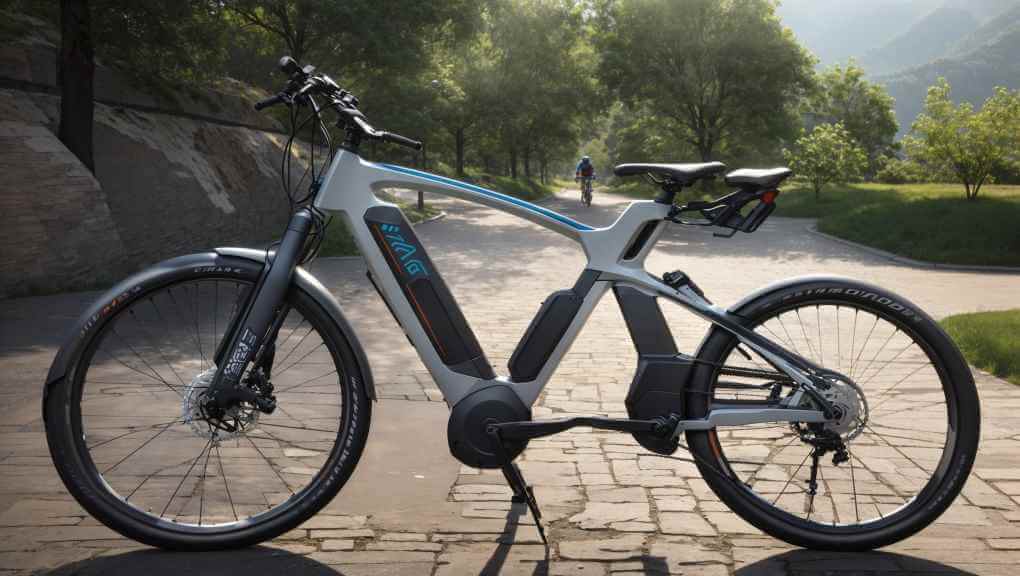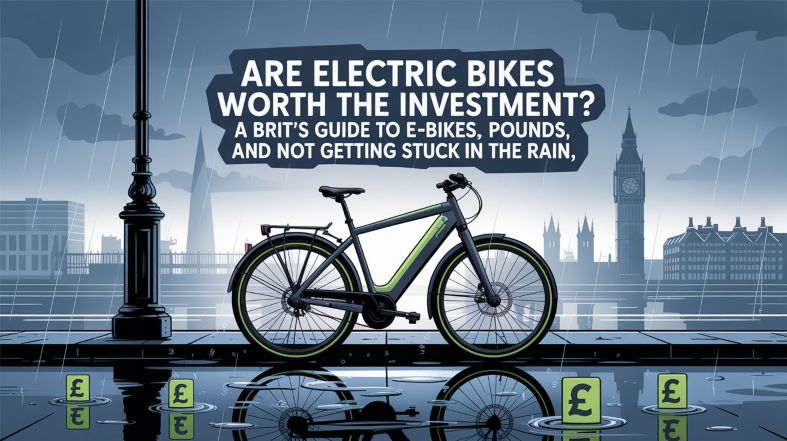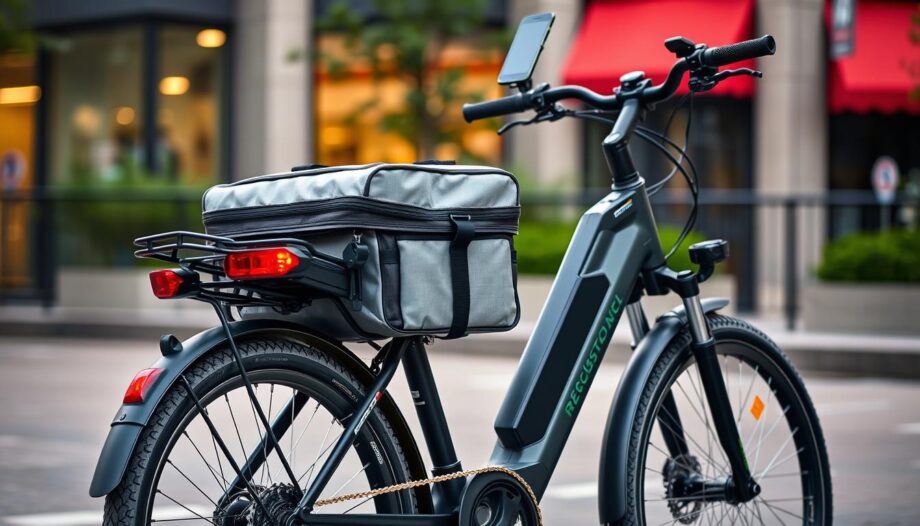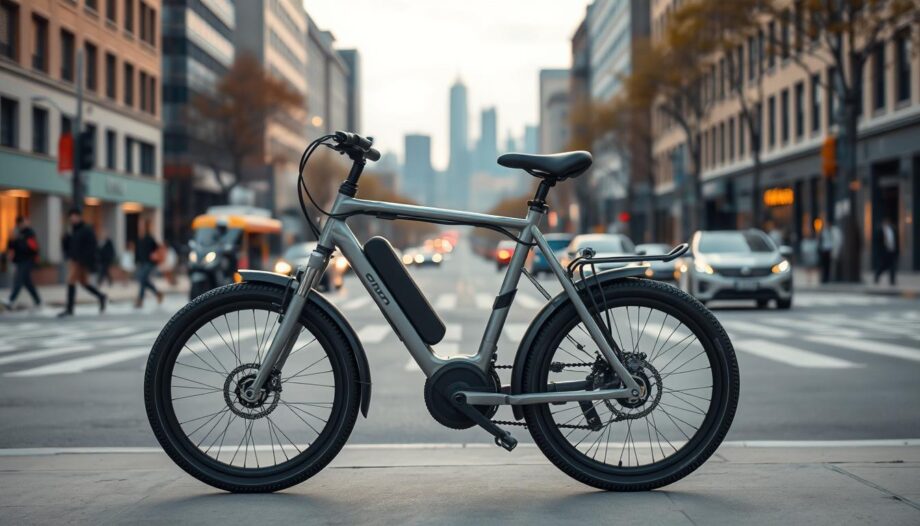An ebike range calculator is a tool designed to calculate ebikes range. It estimates the distance an e-bike can travel based on factors such as battery wattage (AH) and voltage to calculate range however there are other factors that cant be included in this calculation like motor power, rider weight, terrain, and other conditions, including amperage and the impact of wind conditions like headwind, crosswind, and tailwind
To calculate an e-bike’s range, multiply the battery’s voltage by its amp-hours to get the total watt-hours (Wh). Then divide by the estimated power consumption (typically around 20 Wh per mile) to estimate your range in miles.
An example is a 15-Ah capacity 48V lithium battery.
48v battery x15ah = 720 watts/20 = 36 miles roughly
Use this calculator to estimate your e-bike’s range based on battery specifications and riding conditions. it also allows you to compare two battery sizes
E-Bike Range Calculator
Setup 1
Below is a table of the most popular voltages and ampere-hours, you can use this table to calculate ebike range mileage, save you having to use a calculator, please give our cost saving calculator a go too to see how much you can save using your ebike.
| Battery (V & Ah) | Battery Capacity (Wh) | Avg. Power Consumption (W/mile) | Estimated Range (miles) |
|---|---|---|---|
| 36V, 7.8Ah | 280.8 | 20 | 14 |
| 36V, 9.6Ah | 345.6 | 20 | 17.28 |
| 36V, 10Ah | 360 | 20 | 18 |
| 36V, 14Ah | 504 | 20 | 25.2 |
| 36V, 17Ah | 612 | 20 | 30.6 |
| 48V, 10Ah | 480 | 20 | 24 |
| 48V, 13Ah | 624 | 20 | 31.2 |
| 48V, 15Ah | 720 | 20 | 36 |
| 48V, 16Ah | 768 | 20 | 38.4 |
| 48V, 19Ah | 912 | 20 | 45.6 |
| 48V, 20Ah | 960 | 20 | 48 |
| 48V, 22Ah | 1056 | 20 | 52.8 |
| 52V, 10Ah | 520 | 20 | 26 |
| 52V, 13Ah | 676 | 20 | 33.8 |
| 52V, 16Ah | 832 | 20 | 41.6 |
| 52V, 19Ah | 988 | 20 | 49.4 |
| 52V, 20Ah | 1040 | 20 | 52 |
| 52V, 22Ah | 1144 | 20 | 57.2 |
There is a more detailed explanation further down the page and If you are new to electric bikes and scooters, you will see that there are many battery options when buying these. You will often see figures like 13ah and 7.8ah. Ah means ampere-hours, which is basically battery power or energy capacity.

What Affects E-Bike Range?
Several factors influence how far your e-bike can travel on a single charge:
- Battery capacity – Larger batteries (higher Wh) provide longer range
- Terrain – Hills and elevation changes drain the battery faster
- Rider weight – Heavier riders reduce overall range
- Assist level – Higher pedal assist settings use more power
- Bike weight – Lighter frames (aluminium/carbon) are more efficient than steel
- Weather conditions – Cold temperatures and strong winds affect performance
- Tire pressure – Properly inflated tires reduce rolling resistance
- Riding style – Frequent stops, high speeds, and throttle use decrease range
Most e-bikes achieve 20-35 miles of range under normal riding conditions, though this can vary from 15-60 miles depending on the factors above. There is not that much difference, but a 250-watt motor will typically consume less power than a 750-watt motor under similar riding conditions.
What is the average ebike range?
The average range for an electric bike is between 20- 35 miles.
Other FAQ questions
Does battery capacity affect e-bikes range?
Yes, battery capacity does indeed affect e-bike range. The larger the battery capacity, the longer the range an ebike can achieve. This is because a higher-capacity battery can store more energy, allowing the motor to draw power for a longer period of time. Additionally, a larger battery capacity means that the motor can operate at a lower power output, which results in increased efficiency and extended range. Therefore, when considering an e-bike, it is important to choose one with a battery capacity that aligns with your desired range requirements.
How does range affect e-bike battery life?
The range of an e-bike battery life is determined by a number of factors, including the type of battery, its capacity, the number of charge cycles, the temperature, and how the battery is used.
The type of battery used in an ebike can affect the range of the battery life. For example, lithium-ion batteries typically have a longer range than lead-acid batteries.





